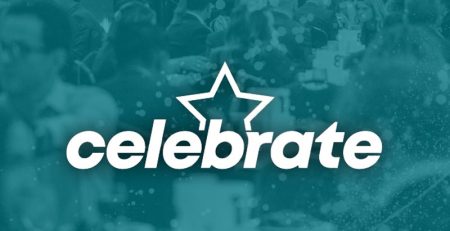Affordable Care Act and Your Tax Return
Chris Harper, CPA, MBA – Senior Manager
This is the first year that taxpayers will need to report their health care status on their tax returns. For most taxpayers, this will require checking a box. However, if you are one of the millions of people who bought health care through a marketplace, expect some changes. Additionally, people who were uninsured will be required to pay a penalty unless they receive an exemption. Here are answers to some of the questions you may have as you navigate through changes this year.
#1 – CHECK THE BOX?
- Taxpayers who have qualifying health insurance coverage for the entire year will simply check a box on their tax return.
- However, filing requirements become more complex for taxpayers claiming a premium tax credit, those who did not have qualifying coverage or taxpayers claiming an exemption.
#2 – PREMIUM TAX CREDIT
- Taxpayers may be eligible if coverage purchased through a health insurance Marketplace (a.k.a “Health Insurance Exchange”).
- Taxpayers may have elected to have the credit paid upfront to reduce monthly premiums.
– The Marketplace would have estimated the credit based upon information regarding anticipated household income and family size for the year.
– Taxpayers will need to file IRS Form 8962, Premium Tax Credit, to reconcile advance payments with their actual credit.
– The reconciliation could result in a required repayment, which is subject to certain limitations.
- Eligible taxpayers who did not elect advance payment of the credit will claim the credit on their tax return.
- You may not use Form 1040-EZ if you will be claiming or reconciling a premium tax credit.
- Form 1095-A, Health Insurance Marketplace Statement is essential for preparing your return. You should receive this form by early February.
- The IRS will not be able to answer questions about missing or inaccurate Forms 1095-A. Instead, you should contact your Marketplace. Contact information for each Marketplace is available at http://www.irs.gov/Affordable-Care-Act/Individuals-and-Families/The-Health-Insurance-Marketplace
#3 – INDIVIDUAL SHARED RESPONSIBILITY PROVISION
- Taxpayers will fall into one of the following categories.
– Enrolled in qualifying health care coverage for each month of the year
– Qualified for a health coverage exemption.
– Required to make an Individual Shared Responsibility Payment when filing their federal tax return.
- Taxpayers will be responsible for themselves and anyone claimed as a dependent.
- The penalty for being uninsured in 2014 is $95 or one percent of income, whichever is greater
- The penalty will increase to two percent for 2015.
- If you don’t have qualifying health care coverage and you meet certain criteria, you might be eligible for an exemption from coverage.
- The maximum payment cannot be more than the cost of the national average premium for a bronze-level health plan available through the Marketplace in 2014.
#4 – EXEMPTIONS
- Marketplace Exemptions
– If you are granted a coverage exemption from the Marketplace, they will send you a notice with your unique Exemption Certificate Number or ECN.
– You will enter your ECN in Part I, Marketplace-Granted Coverage Exemptions for Individuals, of Form 8965, Health Coverage Exemptions, in column C.
– If the Marketplace hasn’t processed your exemption application before you file your tax return, complete Part I of Form 8965 and enter “pending” in Column C for each person listed. If you claim the exemption on your return, you do not need an ECN from the Marketplace.
- IRS Exemptions
– For a coverage exemption that you qualify to claim on your tax return, file Form 8965 with your tax return. There is no need to call the IRS or obtain the exemption in advance.
– You will use Part II, Coverage Exemptions for Your Household Claimed on Your Return, of Form 8965 to claim a coverage exemption if your income is below your filing threshold and you choose to file to file a tax return.
– Other coverage exemptions may be claimed on your tax return using Part III, Coverage Exemptions for Individuals Claimed on Your Return, of Form 8965. Use a separate line for each individual and exemption type claimed on the return.
– A summary of possible reasons for exemptions may be found at http://www.irs.gov/Affordable-Care-Act/Individuals-and-Families/ACA-Individual-Shared-Responsibility-Provision-Exemptions– If you or any of your dependents are exempt from the requirement to have health coverage, you will file Form 8965 with your tax return.
#5 – FEBRUARY 15 DEADLILNE
- Open enrollment for 2015 runs from November 15, 2014 to February 15, 2015.
- Contemplate your 2015 situation before the open enrollment period ends.
- Because the tax return filing deadline is April 15, 2015, you will likely need to assess your Marketplace enrollment before submitting your 2014 tax return.
Chris Harper, CPA, MBA – Senior Manager
Chris oversees Hungerford Nichols’ Broadcast Services practice in addition to providing accounting and consulting services to a wide variety of clients. He has been serving the tax and accounting needs of closely-held businesses and individuals since 1998. Chris regularly teaches as an adjunct accounting instructor for Grand Valley State University. A frequent speaker, he has also taught a variety of continuing education courses for several state CPA societies.











